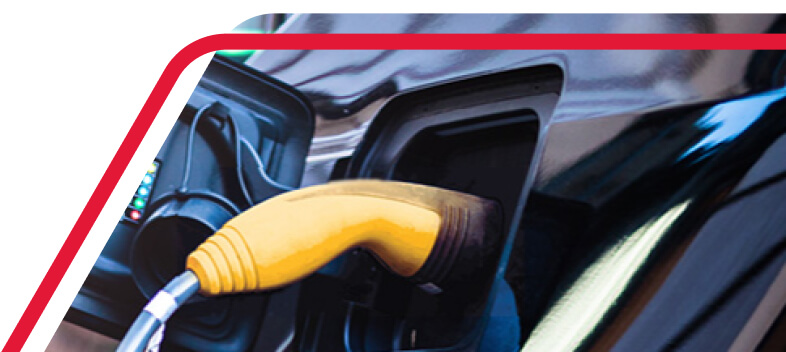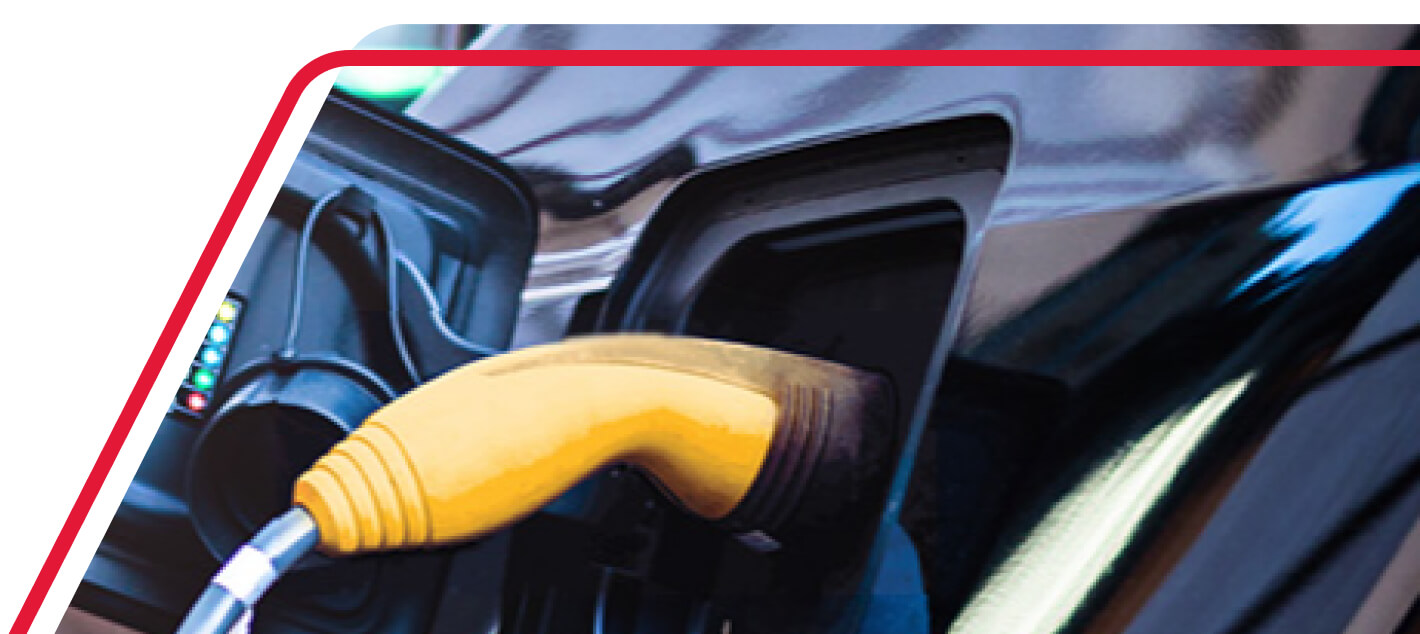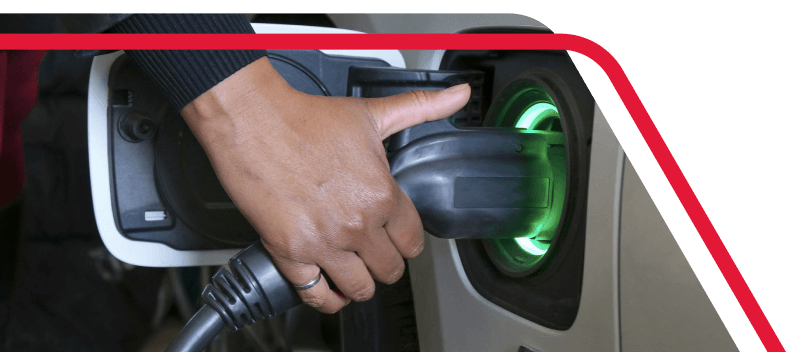Electric vehicles & charging stations


Installing an EV charger
Finding the right charger is a combination of your specific needs, your home’s electrical system and the ability of your neighbourhood’s network to deliver the power.

If you live in a single-family home
- Contact a certified electrician before you purchase a charger. They can help recommend which charger can work with your current electrical set up and services to your home. Your electrician should complete a load calculation to determine whether your current panel can handle the addition of an EV charger.
- If your home does not have sufficient electricity supply for the EV charger of your choice, there are several options you can explore for EV charging in your home, including considering a less powerful charger, an EV Energy Management System, or upgrading the main electrical service to your home.
- If the wires that supply electricity to your home are above ground, service upgrades should be covered by ENMAX. You will be charged a disconnect/reconnect fee.
- Upgrades to buried wires on your property need to be paid for by the homeowner and can be expensive. If you have an underground service, we recommend investigating other, cost-effective ways to integrate EV charging into your home, before you commit to a service upgrade.

If you live in an apartment or condominium
- Contact your landlord or condominium board before purchasing or installing a charger. They will typically need to approve any installations or may be considering adding chargers.
- If you cannot install an EV charger at your condo, you can consider the following:
- Use a Level 1 or trickle charger using 120V outlet to trickle charge your vehicle
- If possible, see if public charging locations are available in your area.
How to connect with right charger?
Knowing your options when it comes to selecting a charger is a key to helping make sure you find the right combination of efficiency and affordability relative.
1. Level 1 chargers
2. Level 2 chargers
3. DC Fast Charging (level 3 charging)
*Average charging durations are calculated under the assumption of charging the battery from 0% to 100%. A full recharge may not be necessary for the typical commuter, as the anticipated top up to take approximately ~2-3 hours to reach full charge.
Ways to manage EV charger demand
Before making costly changes around your home or your electricity services to accommodate an EV charger’s additional demand consider these solutions.
1. Consider a less powerful charger
2. Manage your energy use
The City of Calgary has more than 200 EV charging stations. Learn more about already available charging infrastructure.
Upgrades and EV charging resources
Chargers and condominiums:




